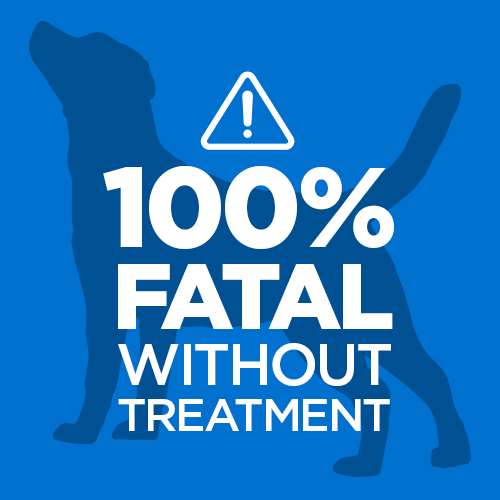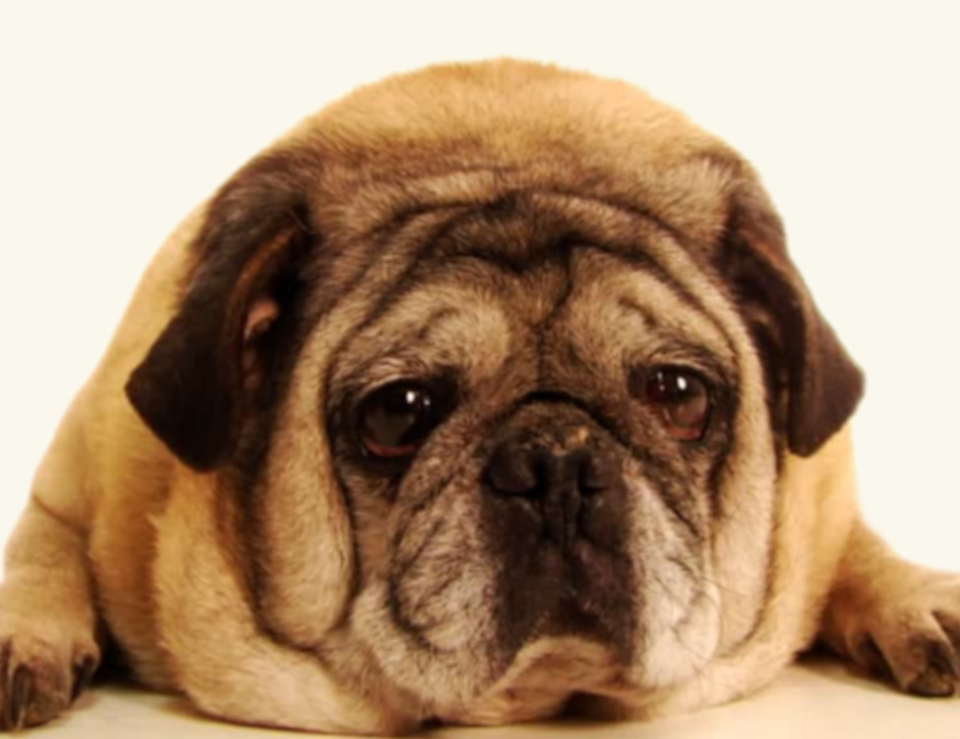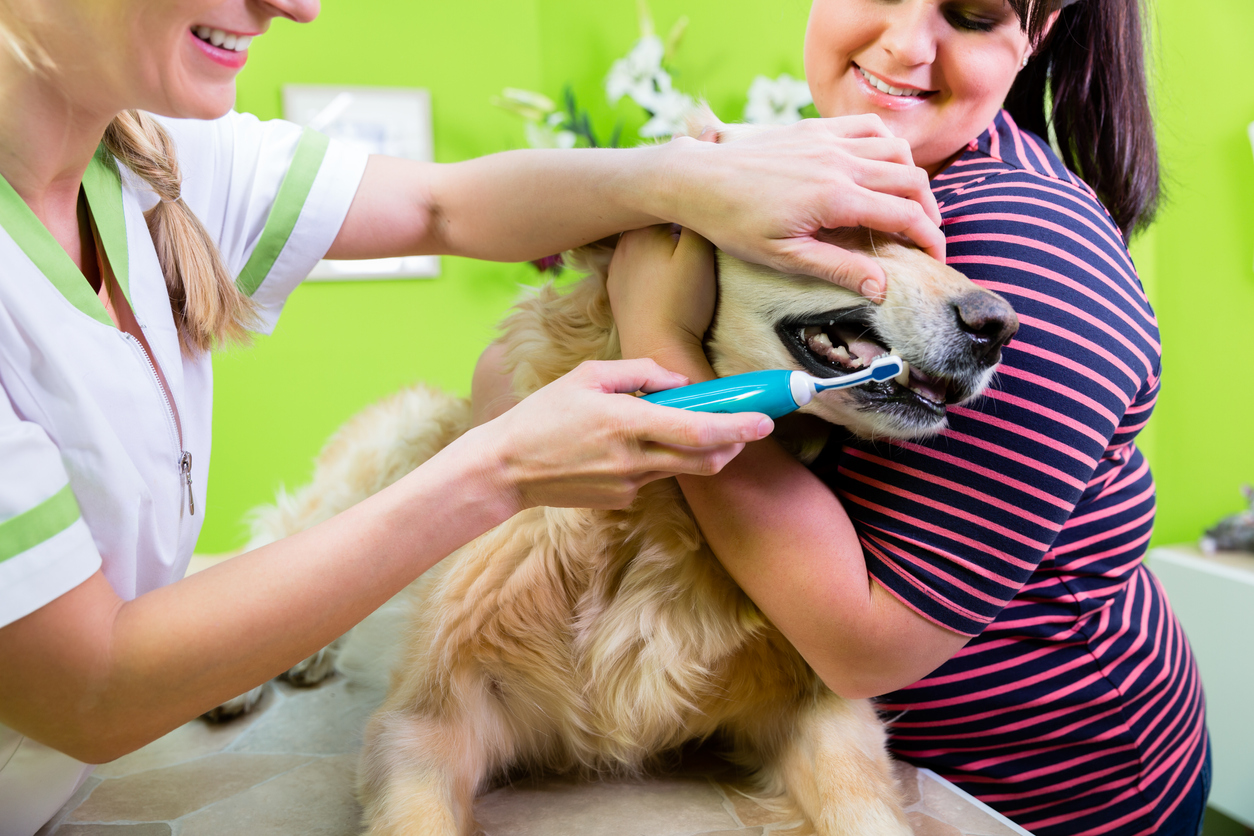Can dogs eat olive oil? Is olive oil safe for dogs?

Rabies: Something every pet owner should know
How Long Should You Walk Your Dog?
Taking your dog for a walk every day can bring many mental, emotional, and physical health benefits to almost any dog. Walking is a great way to exercise and is good for your dog’s body. A walk can also stimulate your pooch’s spirit, it can smell interesting scents, meet other people and dogs, and explore the wide world outside. Walks can break up long days spent at home, relieve boredom, and make the dog happier and more relaxed overall. Walking your dog is also good for you. Like dogs, people get all the benefits from outdoor walks, including exercise and mental stimulation.
A small number of dogs should not go out for walks. Dogs that should not be walked for long periods of time (or are not suitable for walking at all) include those with health or physical problems that prevent them from enjoying walks safely and comfortably. Some dogs simply don’t like long walks due to fear, anxiety, or other reasons. If you’re unsure whether a walk is right for your particular dog, talk to your veterinarian.
Let’s explore some of the most common dog walking questions, including how long a dog walk should be, the best time of day to walk your dog, and more.

How Long Should You Walk Your Dog?
The answer to this question depends on your dog’s age, breed, and other factors.
Puppies need shorter walks than adult dogs. Puppies have a lot of energy, but they don’t have enough stamina, so they get tired easily. Puppies are best suited for frequent, short walks, which also help with potty training and leash training. Aim for short walks of about 5 to 10 minutes and take your puppy out for walks 3 or more times a day.
Older dogs can usually walk longer than younger puppies, but many older dogs need to walk shorter than younger adult dogs to prevent joint and muscle injuries. Depending on the age of your senior dog, it may also have less stamina and fatigue faster than younger adult dogs.
For older adults, aim for one or two walks a day for about 20 to 30 minutes each. If your old dog is in good physical condition, wants to move on, and doesn’t limp or be excessively stiff after a long walk, then you can walk for a longer time.
Adult dogs can walk longer than puppies and senior dogs. Your walk may be longer or shorter, depending on your dog’s breed, size, and personality. Most adult dogs are happy to take them for a walk. Aim to take walks at least twice a day, and don’t be afraid to do one or two more if you have time.
Small dog breeds such as Chihuahuas, Maltese Dogs, Butterfly Dogs, Pomeranians, and Yorkshire Terriers often require shorter walking times. These calves have to move more to walk the same distance as larger dogs with longer legs.
Brachycephalic breeds – those with inverted faces, such as boxers, bulldogs, French bulldogs, and pugs – may also require shorter walking times. This is because those cute short noses can make it difficult for dogs to breathe, especially when exercising.

Breeds with long backs and short legs such as Basset Hounds, Dachshunds, Pembroke Welsh Corgis, and Scottish Terriers may require shorter walks, but this depends on the breed and individual. Some short-legged dogs are suitable for long walks, so consult your veterinarian and assess your dog’s abilities accordingly.
For small, flat-faced, and pygmy dogs, start with 15 to 30-minute walks twice a day. Starting these walks when the weather is cooler can make it easier for your dog. If your dog loves walks and seems happy to go further, you can gradually lengthen the walks, always stopping before your dog becomes overtired.
Medium to large breeds, such as Beagles, English Springers, Golden Retrievers, and Labrador Retrievers, are often allowed to take longer walks as long as the dog is in good health and physical condition. These breeds are usually able to do medium and long walks with ease.
Athletic breeds such as the Australian Shepherd, Border Collie, Siberian Husky, Vizla, and Weimaraner Retriever are all built for speed and endurance. Not only can these breeds enjoy longer walks, but they may be needed (plus other sports) to stay calm and happy at home.
For medium and large dog breeds, especially sporty breeds, start with 30 to 60-minute walks twice a day. Increase the duration and frequency of walks within the range where your dog seems comfortable and excited.
What Is the Best Time of Day to Walk a Dog?
Although many dogs go out for walks at almost any time of the day, mornings and evenings are usually good times for walks. These times allow you to exercise and toilet your dog before work and when you get home. It’s also the best time of day in the summer, when the midday heat makes walking dangerous. Take advantage of the cooler weather in the early morning and late afternoon when it’s not so hot.

Walk Your Dog Safely
Be sure to tailor the dog walking trail to your dog’s specific situation. If your dog is overweight or has a health condition, consult your veterinarian before starting a new walking habit. In general, it is best to gradually increase the length of your dog’s walk. Start with shorter walks and add a few minutes of length every few days if your dog is able to handle the activity well.
Be sure to end the walk before your dog becomes overtired. Signs that a dog is too tired include slowing down, panting, tongue sticking out far, refusing to walk forward, or lying down. If this happens, give your dog time to rest before going home and cutting short for the next walk.
Avoid walking your dog in the heat. In the summer heat, stick to walking until dawn and dusk, and if necessary, reduce the length of the walk. Walking on hot pavement can burn sensitive paw pads, while exercising when it’s too hot can lead to overheating or even heat stroke, which is an emergency. Symptoms of heat stroke include excessive wheezing and/or drooling, bright red, blue, or purple tongue or gums, shivering, vomiting, diarrhea, and collapse. If you think your dog is suffering from heat stroke, get it out of the heat as soon as possible, wet it with cool (not ice-cold) water, and call the veterinarian immediately.
If you’re going to be walking for more than 30 minutes, it’s always best to bring water for your dog. Even in milder temperatures, your dog can feel thirsty and overheated, especially if it has long, thick fur or isn’t used to walking long distances.



